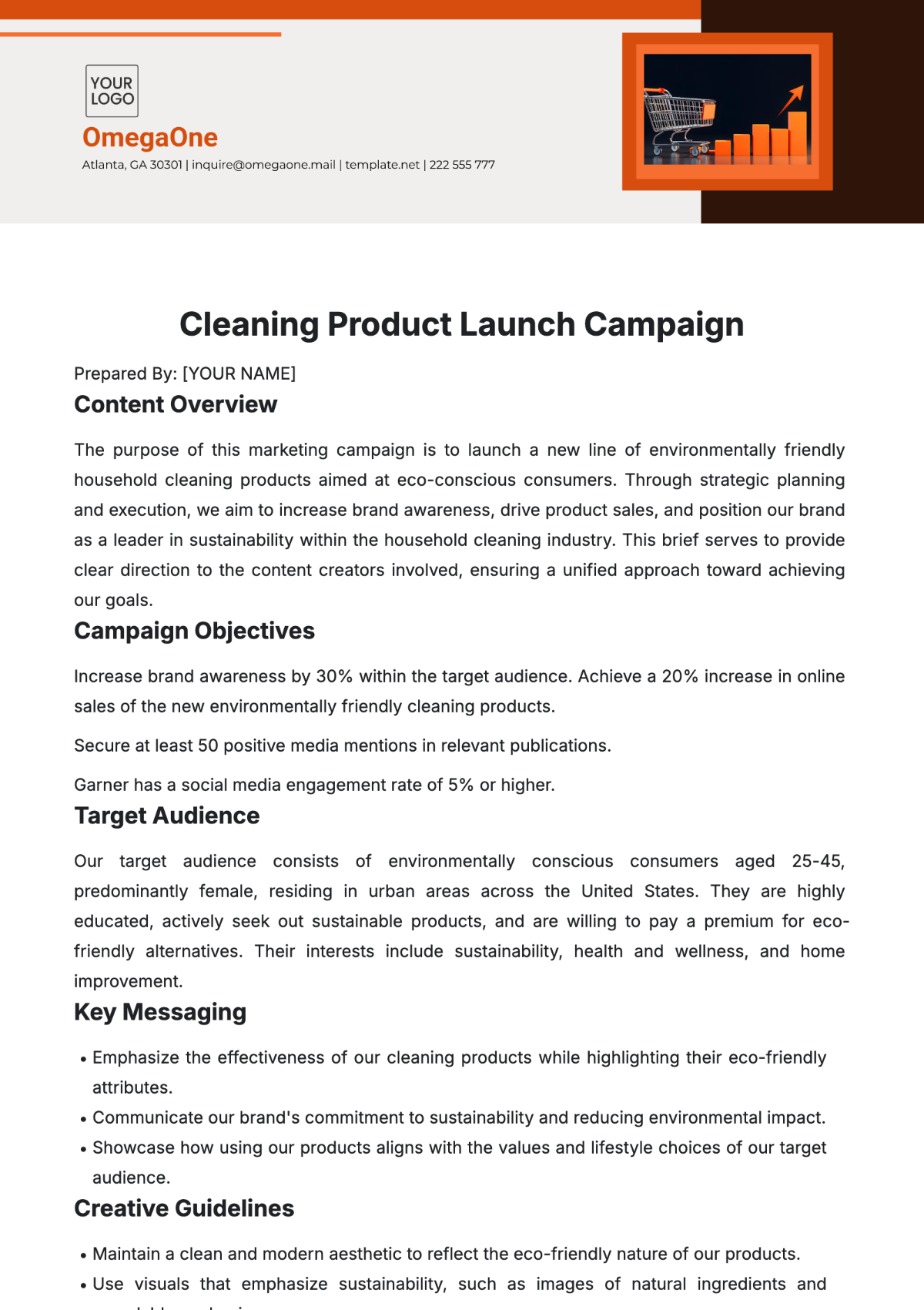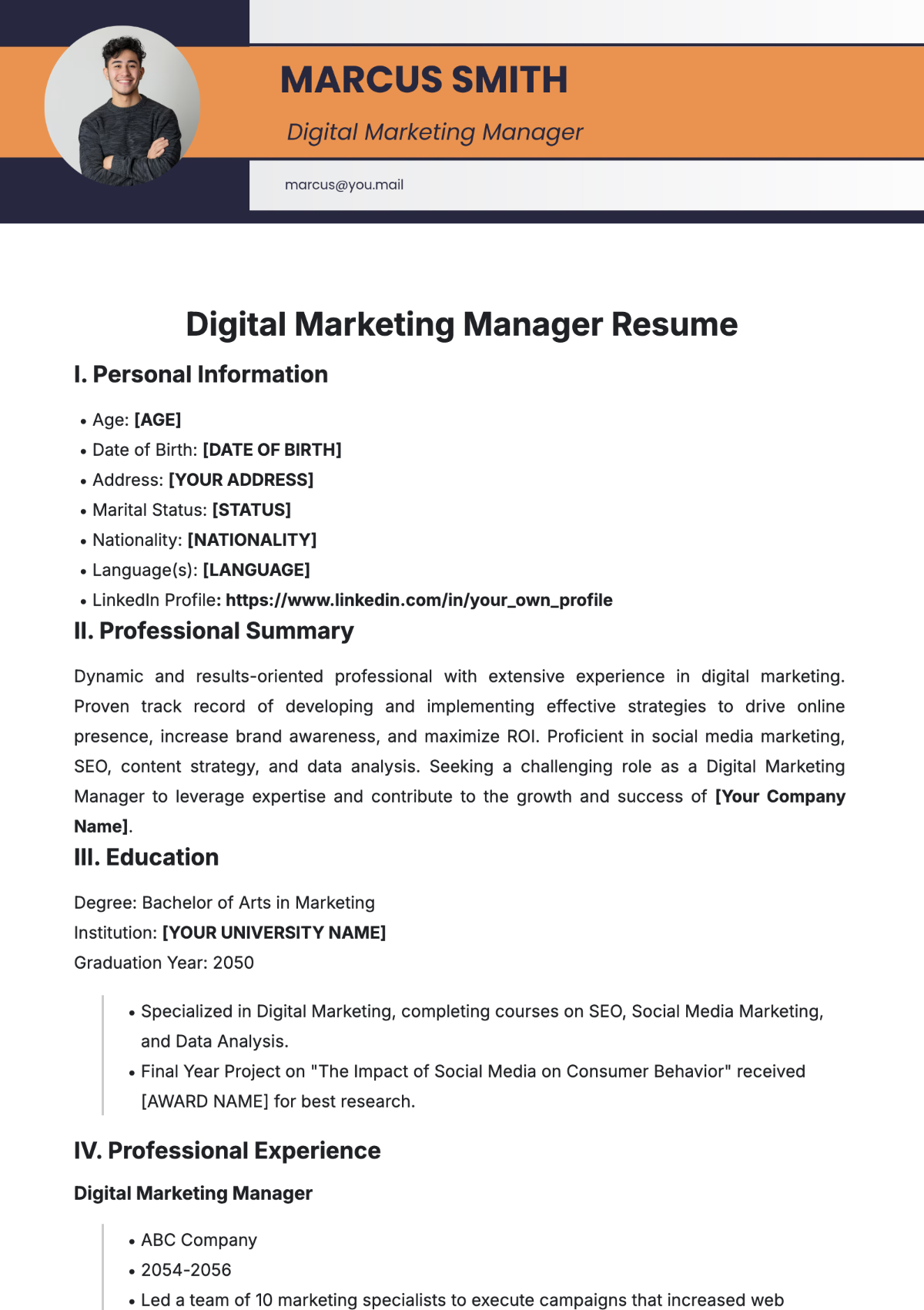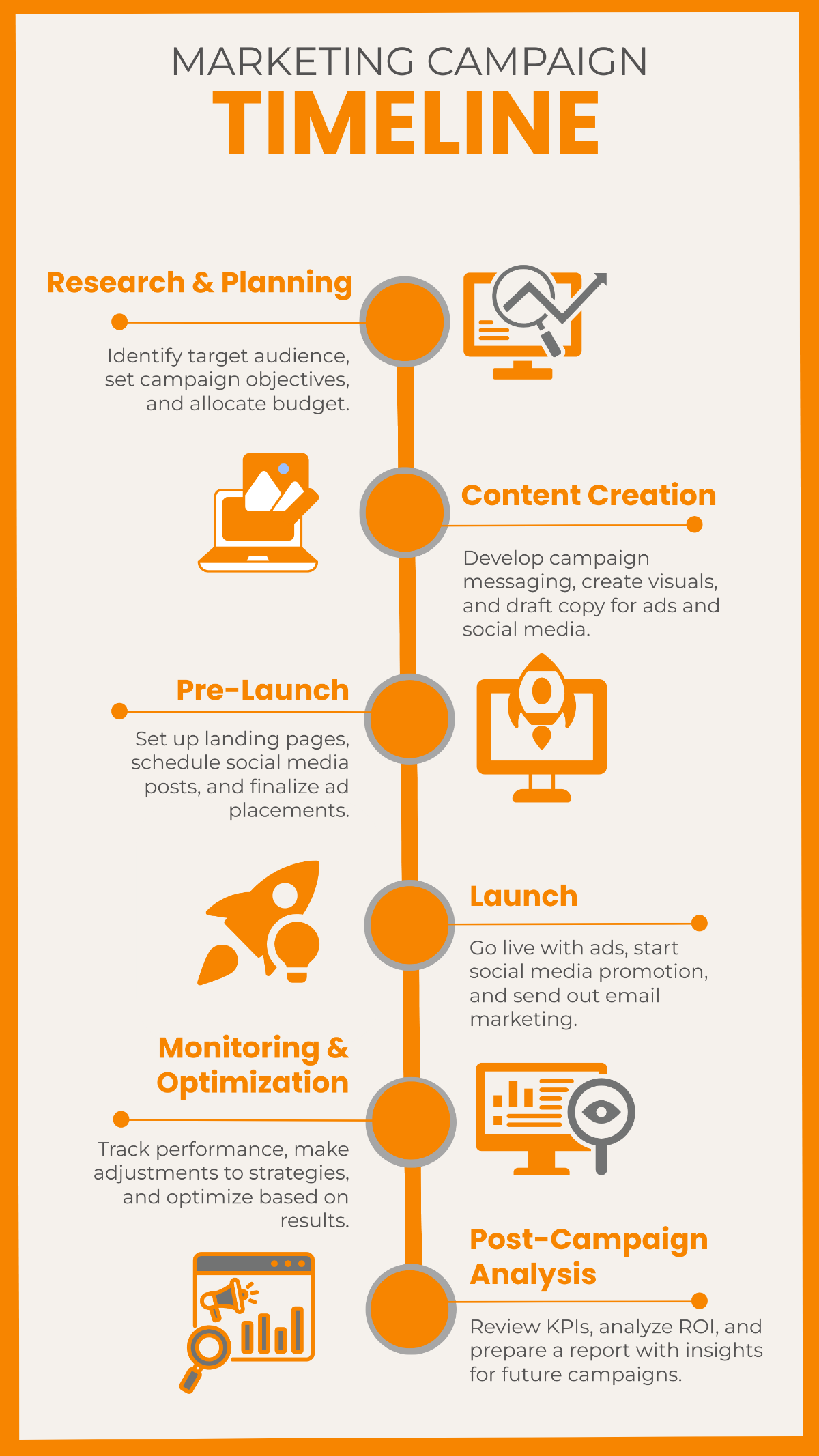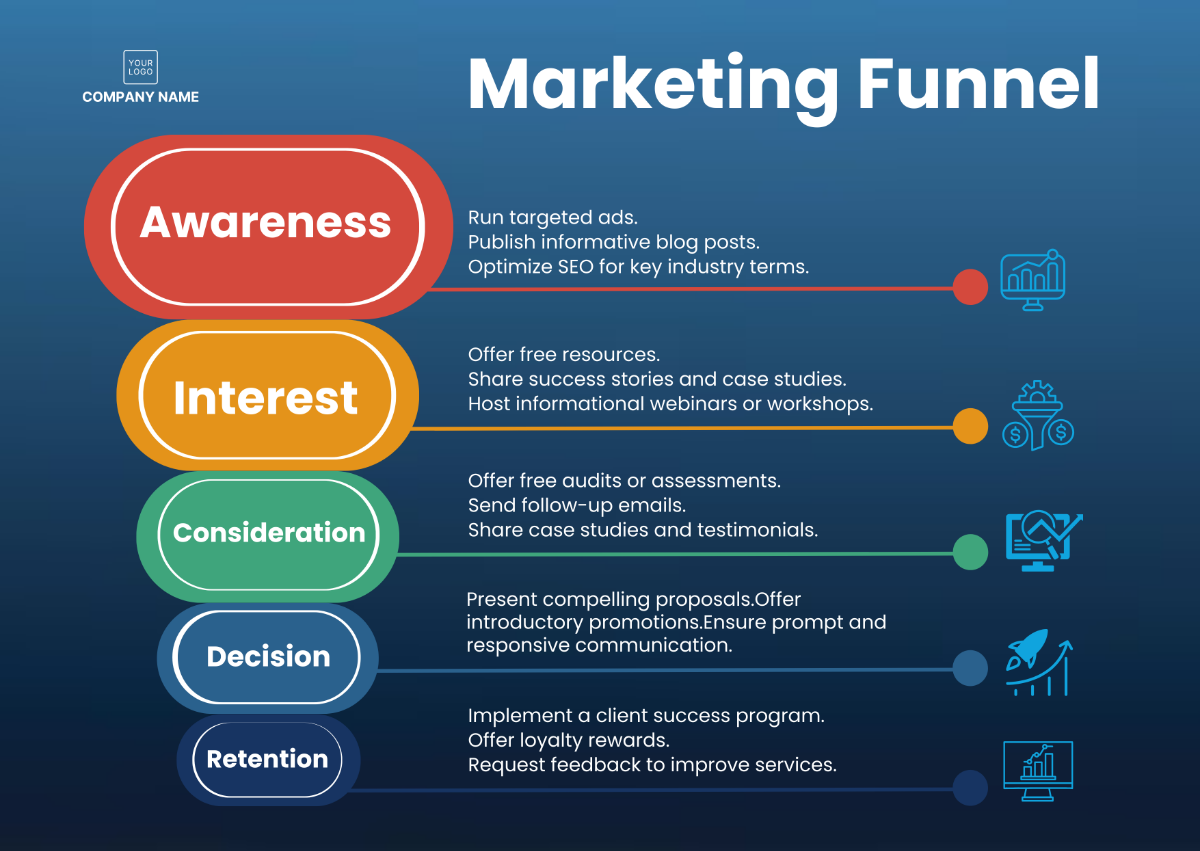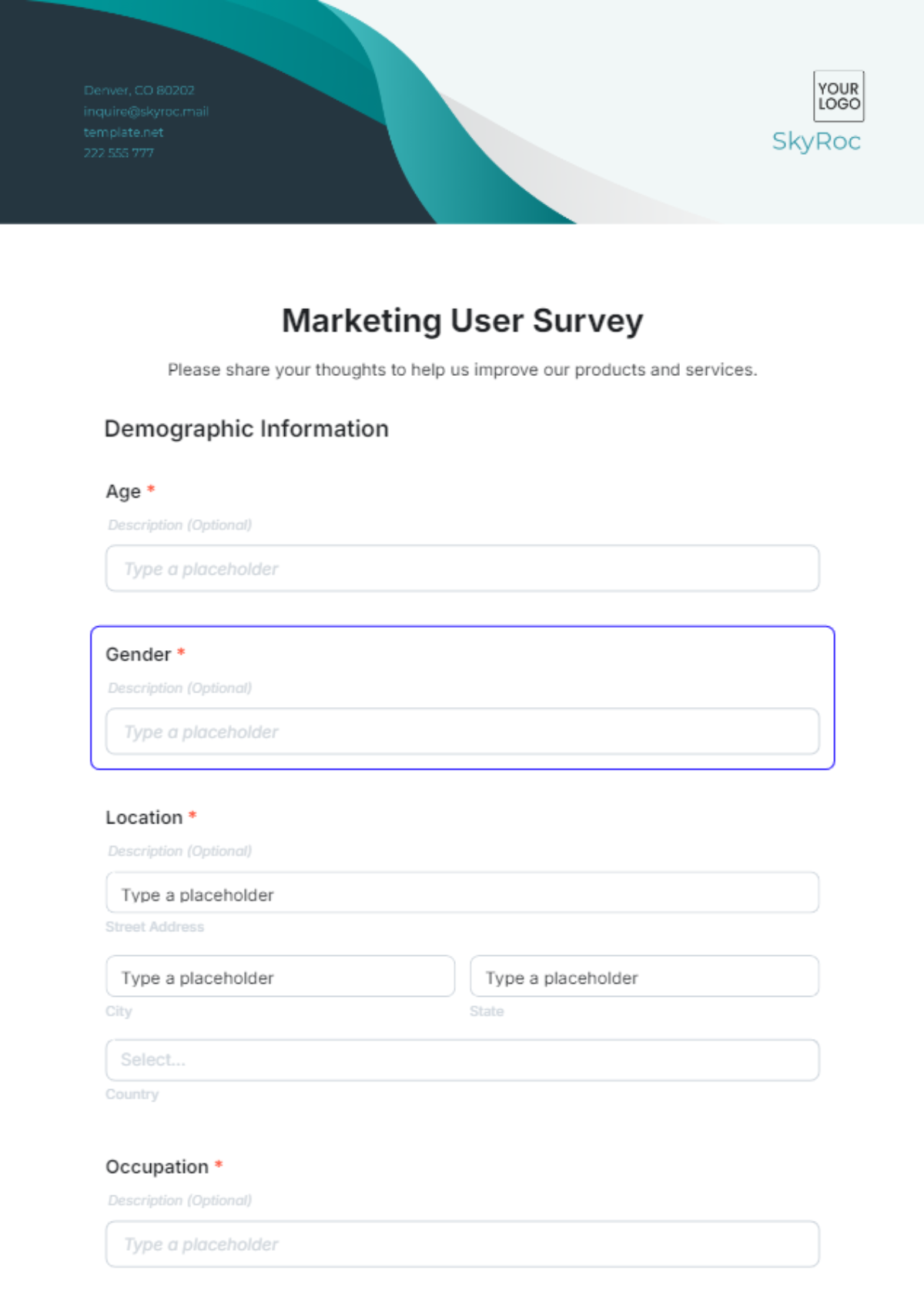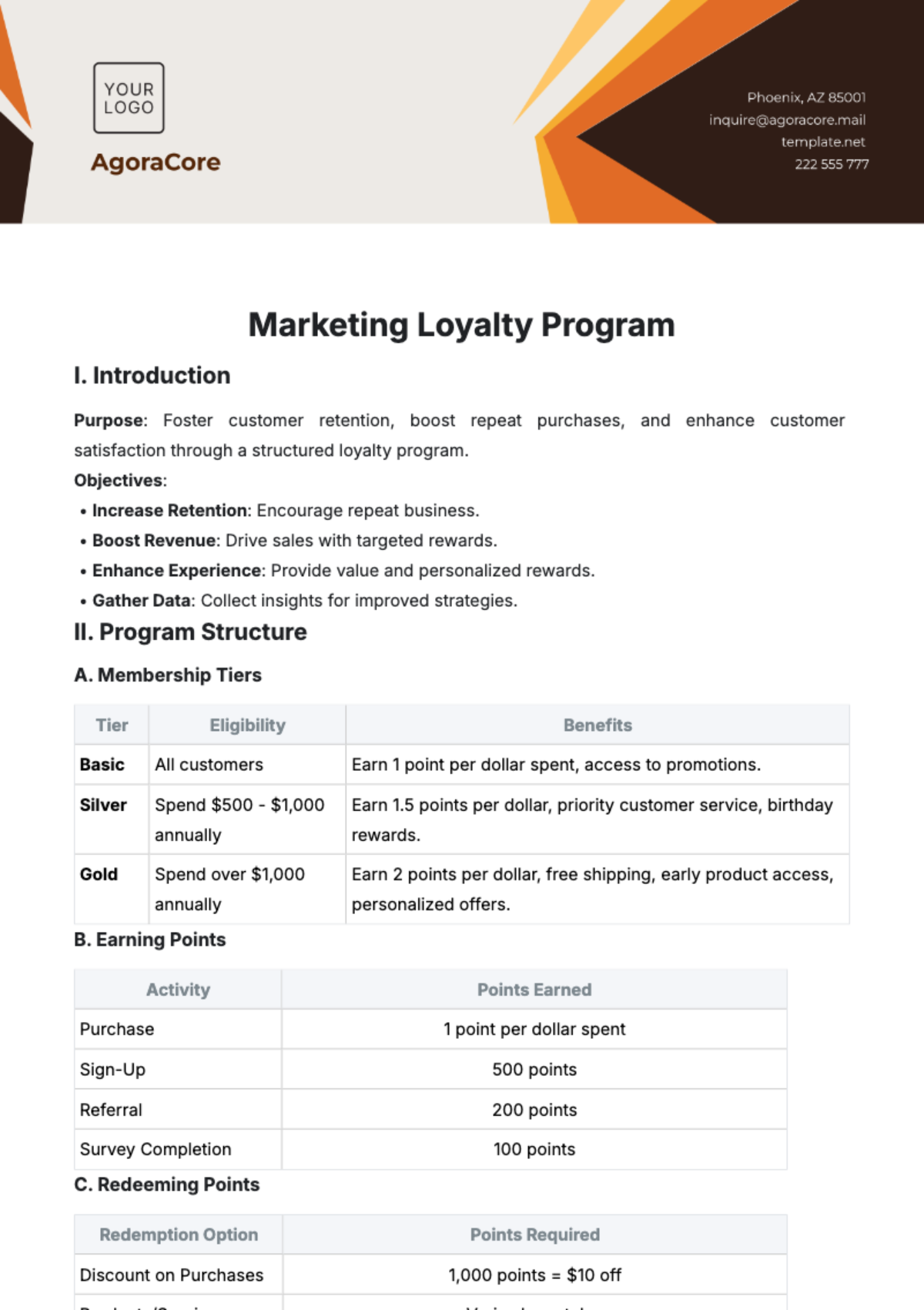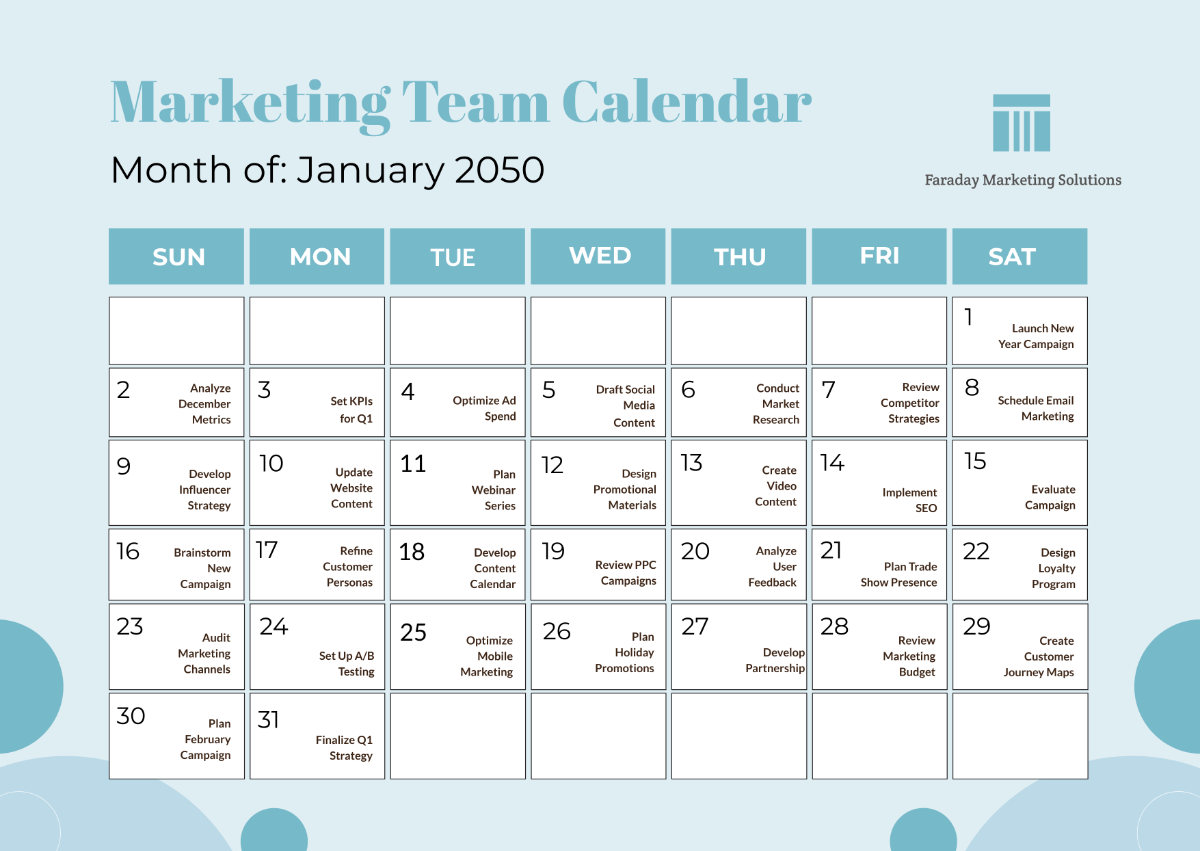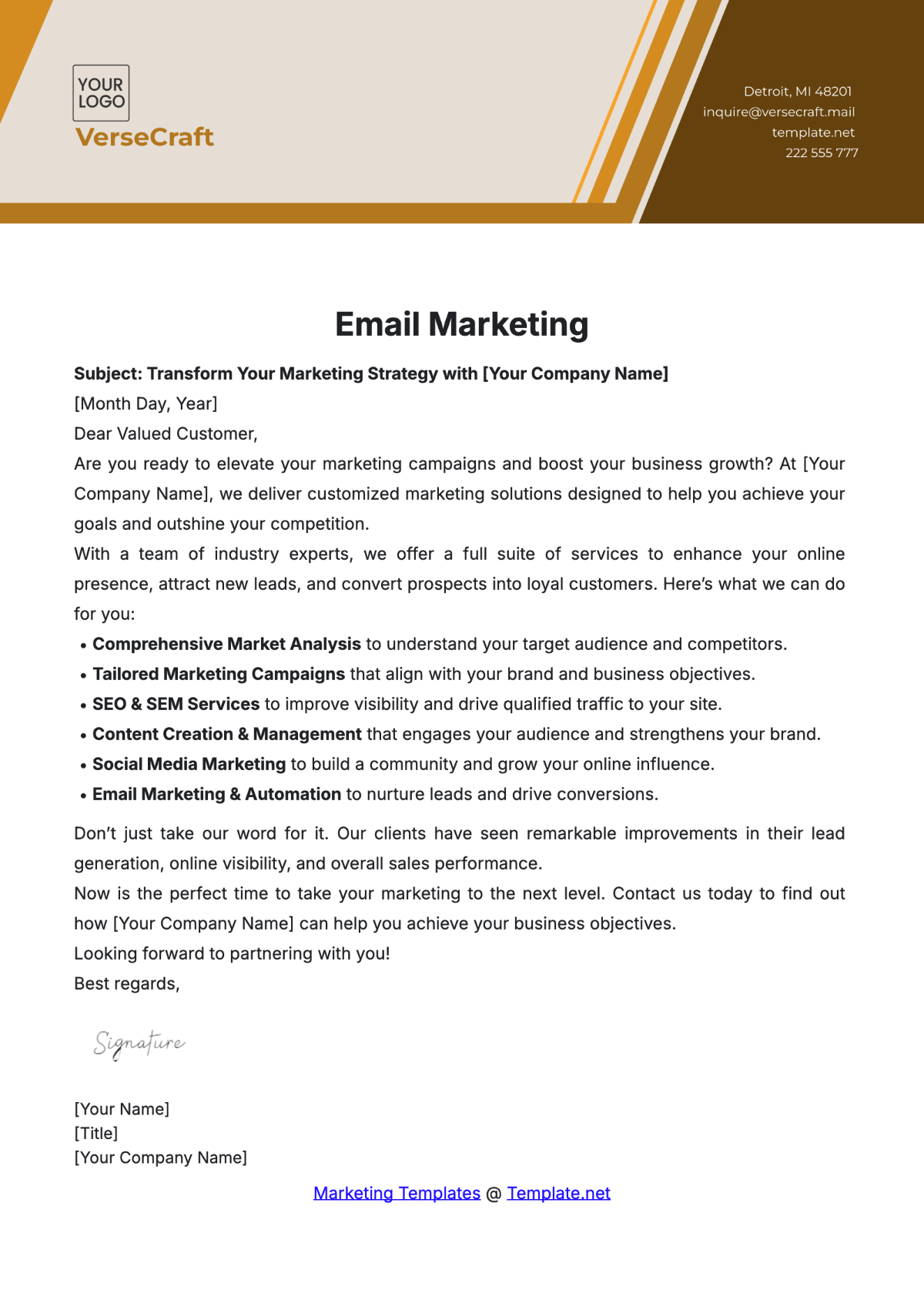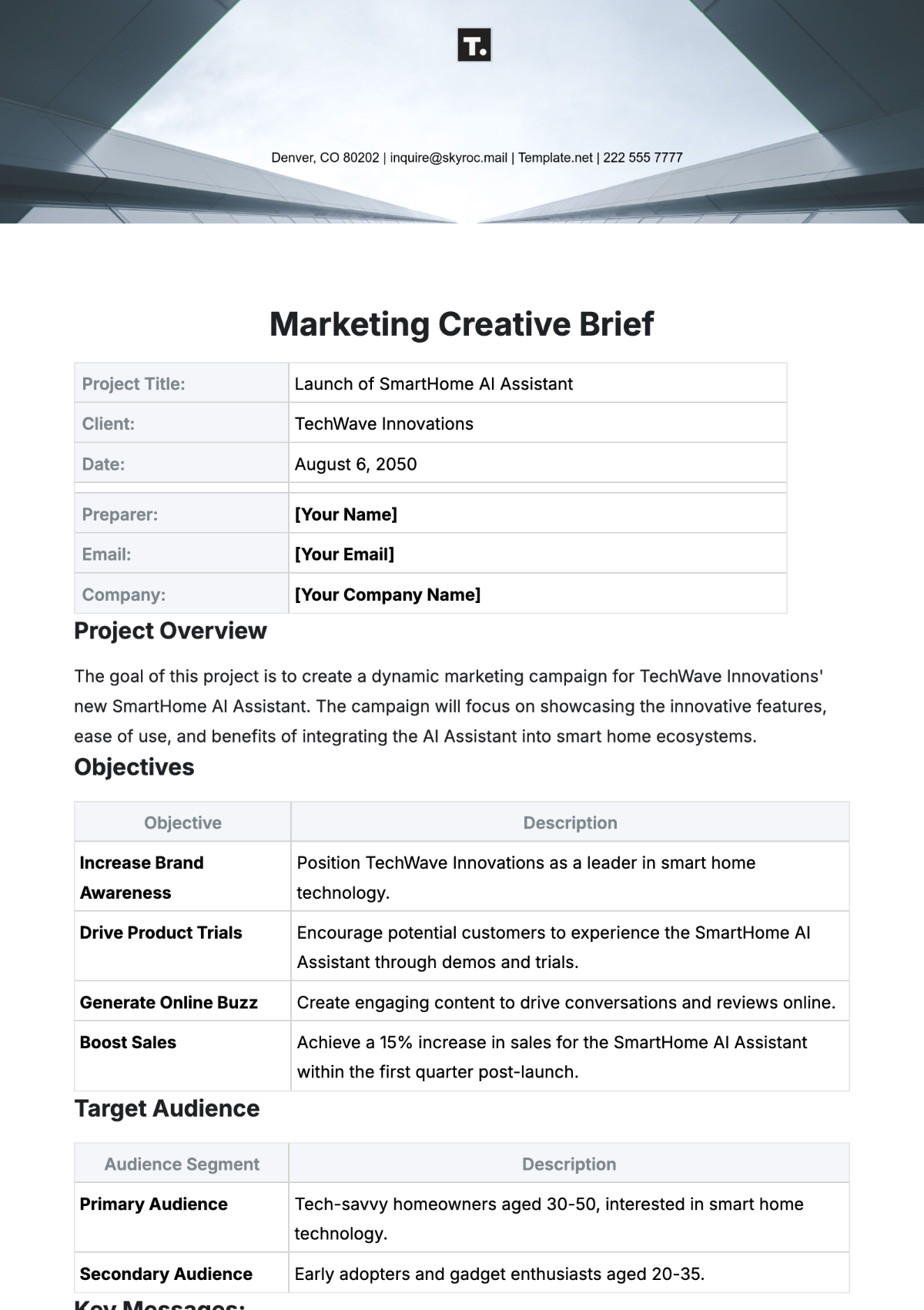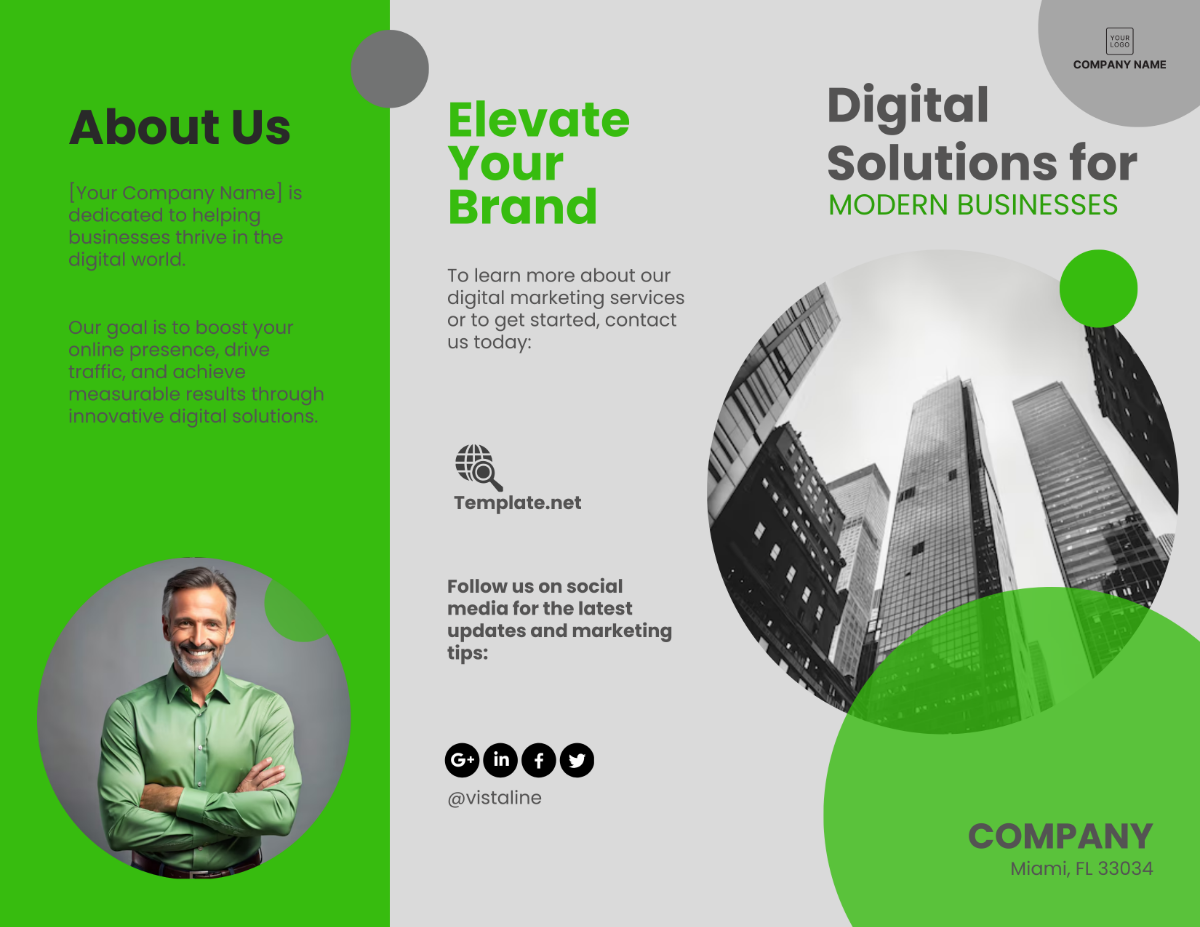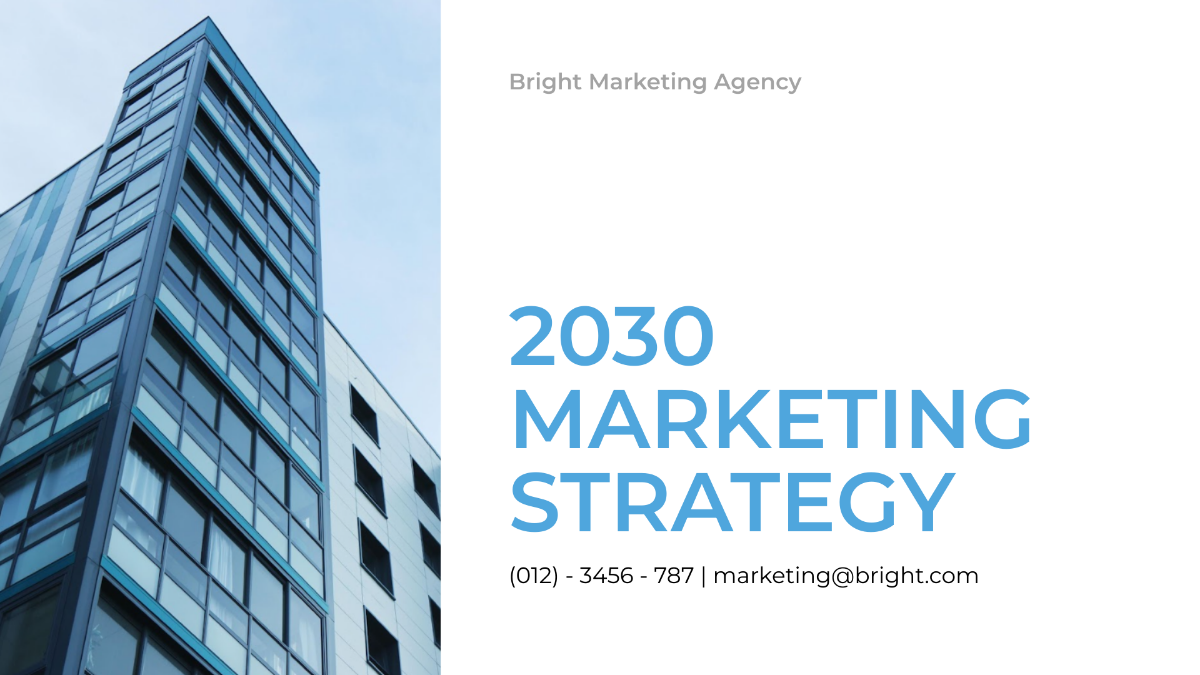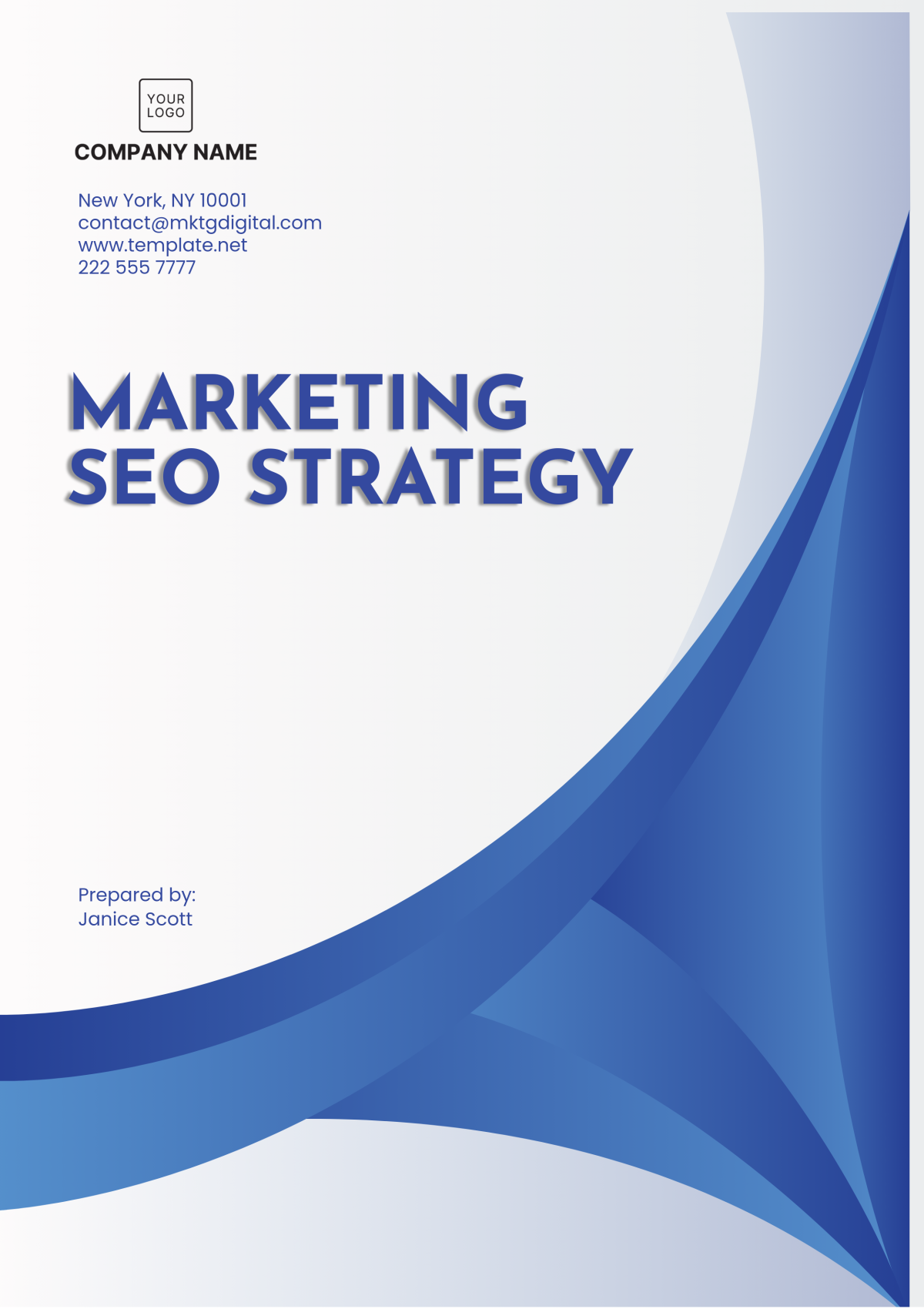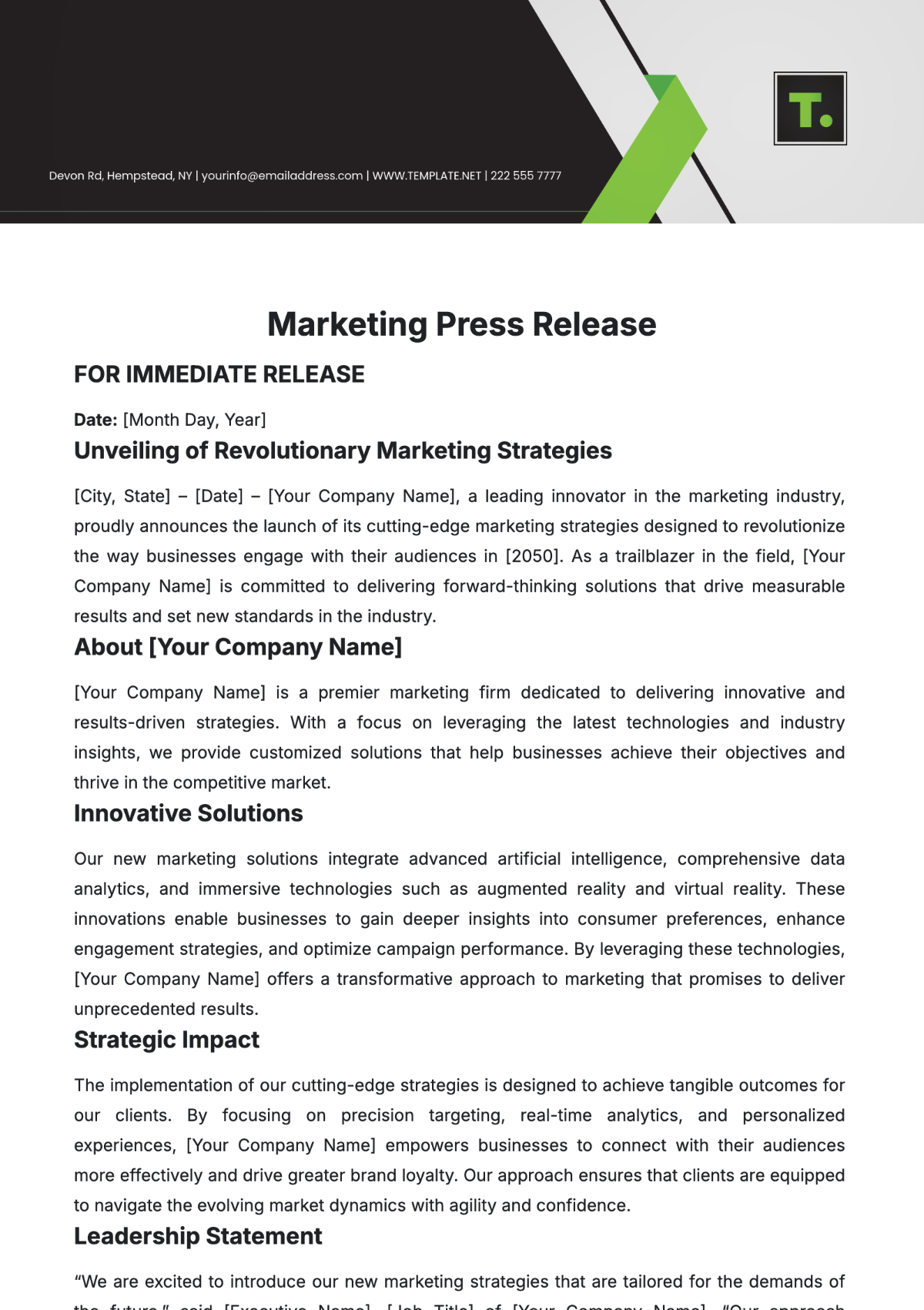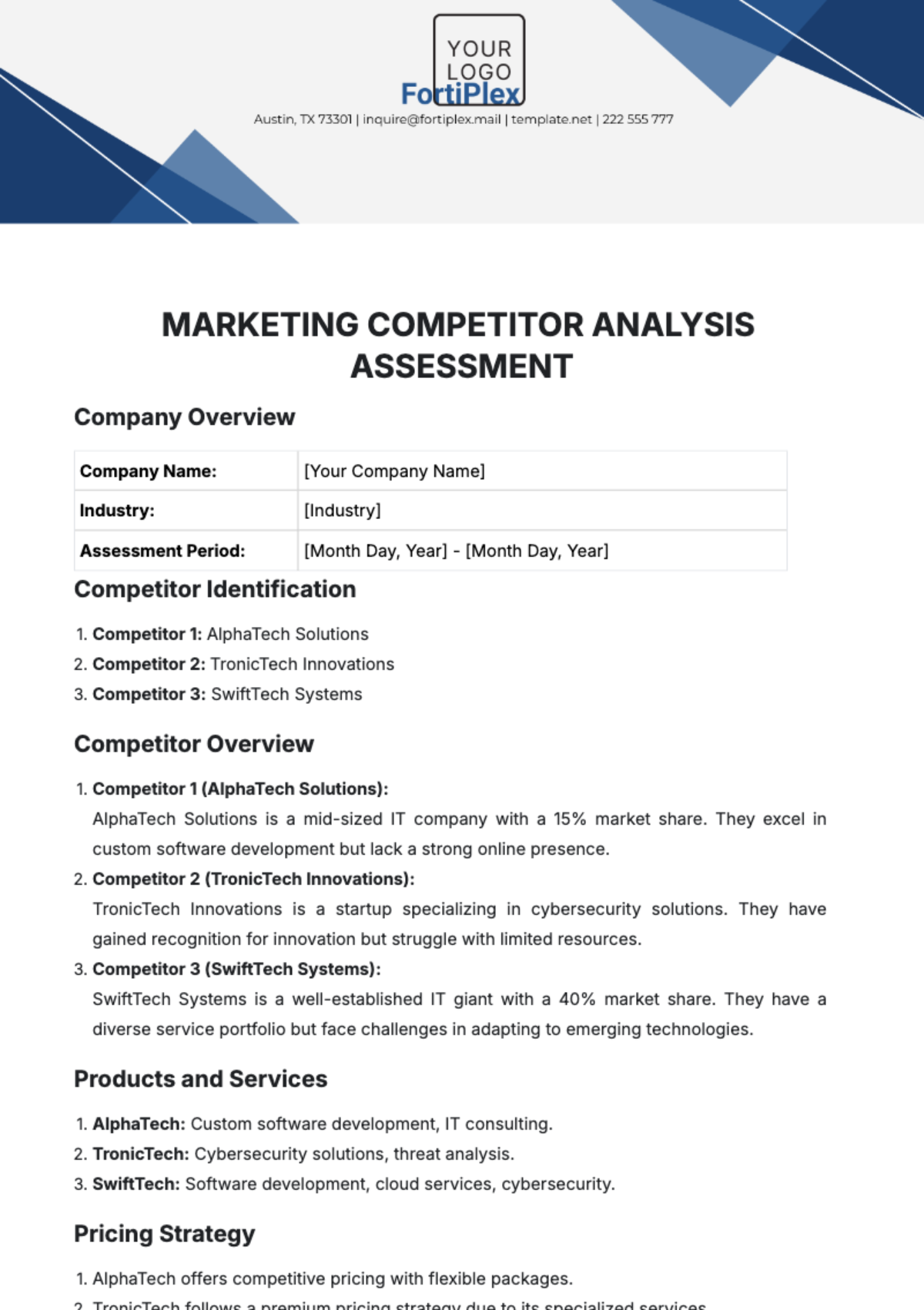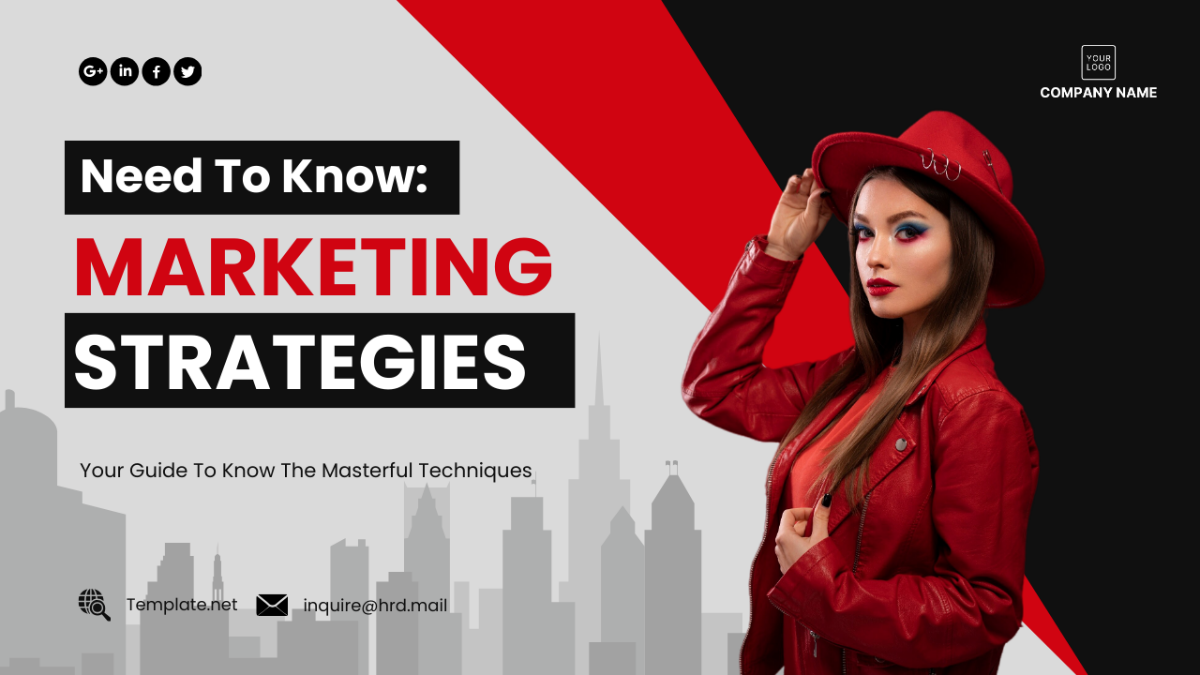Marketing Strategy Methodology
1. Introduction
Purpose
To craft a dynamic marketing strategy that propels brand visibility, fosters deep customer engagement, and accelerates revenue growth within the consumer electronics sector. This strategy aims to align marketing efforts with overarching business goals and drive meaningful interactions with target audiences.
Scope
This strategy encompasses both digital and traditional marketing channels, focusing on expanding market presence and increasing sales within the consumer electronics industry over the next 12 months.
2. Situation Analysis
Market Research
Market Trends: There is a growing consumer appetite for smart home technology and eco-conscious products. The rise of sustainability as a key purchasing criterion presents an opportunity for market differentiation.
Customer Behavior: Consumers are increasingly seeking products that combine technological innovation with environmental responsibility. There is a shift towards online shopping and personalized marketing experiences.
Competitive Landscape: Key competitors, Brand X and Brand Y, dominate with broad product lines and robust digital marketing strategies. Analyzing their strengths and weaknesses helps in identifying gaps and opportunities.
SWOT Analysis
Strengths: cutting-edge product technology, strong brand equity, a loyal customer base, and a commitment to sustainability.
Weaknesses: Premium pricing relative to competitors may limit market reach. Potential gaps in distribution channels could affect product accessibility.
Opportunities: expanding into emerging markets, leveraging growth in e-commerce, and enhancing digital marketing strategies to capture a larger audience.
Threats: intensifying competition from established brands, volatility in raw material prices, and economic uncertainties affecting consumer spending.
Customer Analysis
Target Audience: Urban professionals aged 25-40 who are tech-savvy and environmentally conscious.
Customer Personas:
Tech Enthusiast Tom: A 28-year-old male who values the latest technology and high-performance products, often early to adopt new gadgets.
Eco-Conscious Emma: A 30-year-old female who prioritizes sustainable and eco-friendly products, seeking brands that align with her values.
3. Objectives
Goals
Increase Brand Awareness: Achieve a 25% growth in social media followers and improve brand recognition through targeted campaigns.
Boost Engagement: Enhance engagement metrics by 15% across digital platforms, fostering a more interactive relationship with the audience.
Drive Sales Growth: Achieve a 20% increase in online sales within the next 12 months by implementing strategic marketing initiatives and optimizing conversion paths.
KPIs
Growth in social media followers and engagement rates
Online sales volume and conversion rates
Website traffic and user behavior metrics
Effectiveness of content marketing and advertising campaigns
4. Strategy Development
Target Market
Focus on tech-savvy urban professionals aged 25-40 who are environmentally conscious and seek innovative, high-quality products.
Positioning
Position the brand as a pioneer in cutting-edge and sustainable consumer electronics, offering products that combine advanced technology with environmental stewardship.
Unique Selling Proposition (USP)
Delivering high-performance, eco-friendly electronics tailored for modern consumers who demand both innovation and sustainability.
5. Tactical Planning
Marketing Channels
Digital: Leverage social media platforms (Instagram, Facebook, LinkedIn), optimize for SEO, and implement targeted PPC advertising to drive traffic and conversions.
Traditional: Utilize print advertising in tech and lifestyle magazines; execute direct mail campaigns to reach potential customers.
Content Strategy
Content Creation: Develop a diverse range of engaging content, including in-depth blog posts, compelling video content, and visually appealing infographics that highlight product features and sustainability efforts.
Content Distribution: Share content strategically across social media channels, distribute via email newsletters, and feature prominently on the company website to maximize reach and impact.
Campaigns
Spring Product Launch Campaign: Introduce the new product line with a promotional discount, supported by a social media contest to drive engagement and excitement.
Summer Sustainability Initiative: Launch a campaign emphasizing the brand’s commitment to eco-friendly practices, featuring a series of educational blog posts, social media ads, and influencer partnerships.
6. Budgeting
Cost Estimates
Digital Marketing: $50,000 allocated for SEO, PPC, and social media advertising.
Traditional Marketing: $30,000 for print advertising and direct mail.
Content Creation: $20,000 for producing high-quality content and creative assets.
Campaigns: $25,000 for promotional activities and special campaigns.
Resource Allocation
Allocate $50,000 to digital marketing initiatives, $30,000 to traditional marketing efforts, and $45,000 to content creation and campaign execution to ensure a balanced and effective strategy.
7. Implementation Plan
Action Steps
Month 1-2: Launch the Spring Product Campaign, initiate SEO improvements, and roll out PPC ads.
Month 3-6: Execute the Summer Sustainability Initiative, enhance social media engagement, and monitor campaign performance.
Month 7-12: Conduct a mid-year review, adjust strategies based on performance data, and prepare for the year-end evaluation.
Timeline
Q1: Campaign preparation and initial launch.
Q2-Q3: Mid-campaign analysis and strategy adjustments.
Q4: Final evaluation, reporting, and strategy refinement for the following year.
Responsibilities
Marketing Team Lead: Oversee overall strategy, budget management, and cross-functional coordination.
Digital Marketing Specialist: Execute and optimize online campaigns; manage social media presence.
Content Creator: Develop and schedule engaging content tailored to target audiences.
Sales Team: Support marketing initiatives, track sales performance, and provide customer insights.
8. Monitoring and Evaluation
Tracking
Utilize advanced analytics tools (Google Analytics, social media insights) to monitor performance and gather actionable data.
Analysis
Evaluate campaign effectiveness and compare results against established KPIs.
Analyze customer feedback, engagement patterns, and sales data to assess strategy impact.
Adjustments
Refine campaigns and tactics based on performance data and market trends.
Implement necessary adjustments to enhance effectiveness and achieve strategic goals.
9. Conclusion
Summary
This marketing strategy provides a comprehensive plan to elevate brand visibility, engage target audiences, and drive revenue growth through a well-rounded approach that integrates digital and traditional marketing tactics.
Future Recommendations
Explore emerging marketing technologies and platforms to stay ahead of industry trends.
Continue to adapt strategies based on evolving market conditions and customer preferences to maintain competitive advantage.


